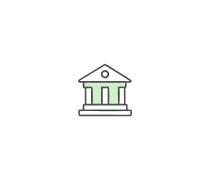Econ Test 3 -13
- AP Econ
- CLEP Econ
2.
You may optionally provide this to label your report, leaderboard, or certificate.
×
Thank you for your feedback!
















